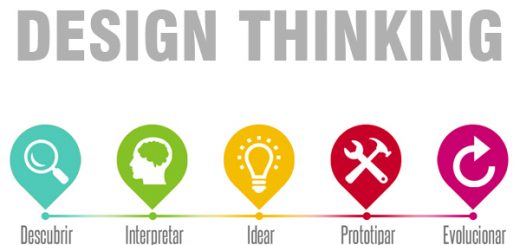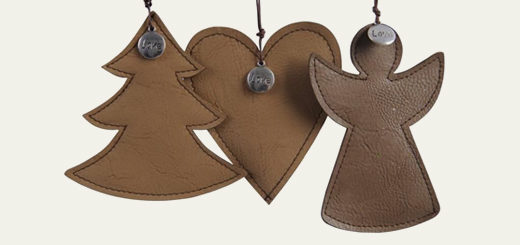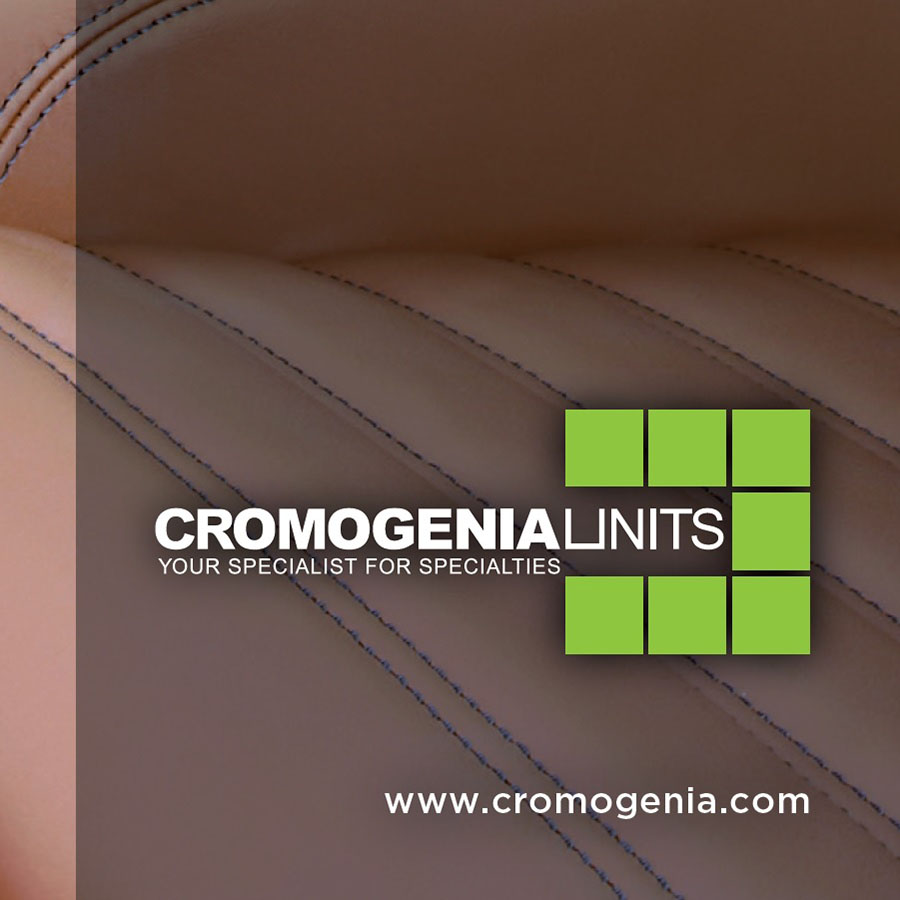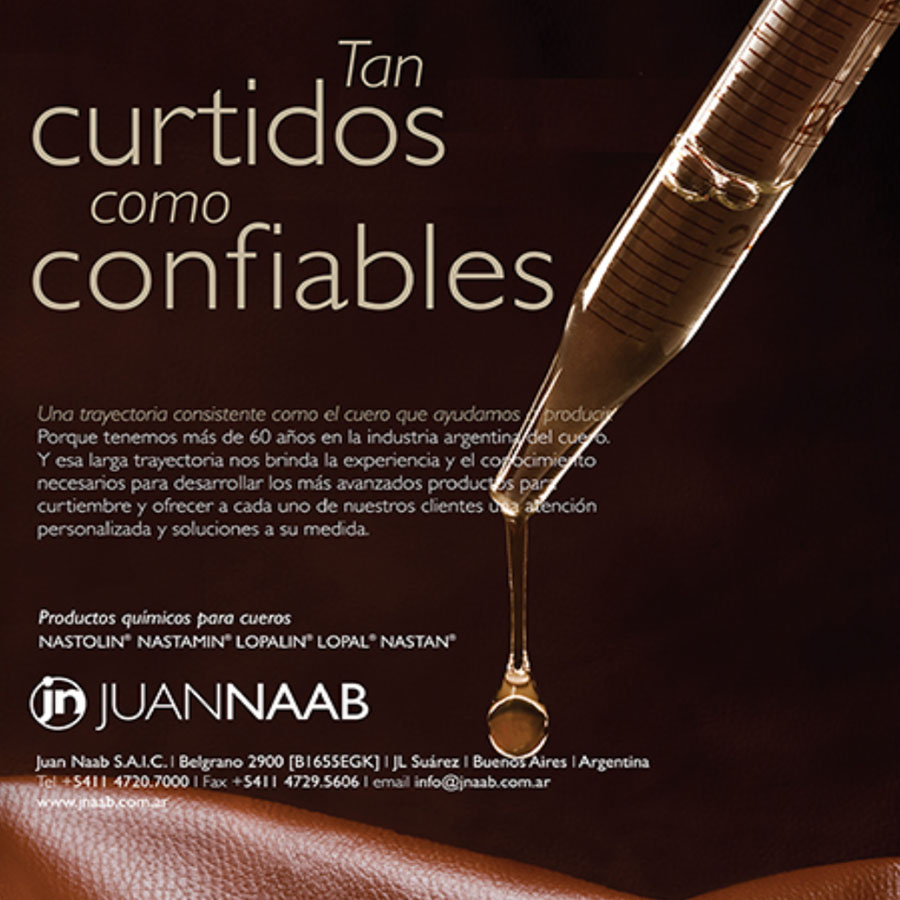Nota del editor N° 97

Desde hace varias semanas se escucha la propaganda de una reconocida marca de autos italiana que, para promocionar un nuevo vehículo en el mercado argentino, dentro de sus características más destacables, dicen que tiene “auténtico tapizado de cuero vegano“.
Cada vez que lo escucho me invade la “ira” y me pregunto por qué permitimos que se engañe a los consumidores, por qué en Argentina no tenemos una legislación, que se aplique, que regule el etiquetado de autenticidad del cuero, evitando así que el consumidor compre un artículo que cree que está hecho de un material, pero en realidad es otro.
¿Son legítimos los términos “cuero vegano”, “cuero vegetal” o”cuero ecológico”? Por supuesto que no, ya que la palabra Cuero se refiere al producto obtenido por el curtido de la piel de un animal y procesos posteriores que lo preparan para cada uso específico.
Los antes mencionados materiales o son textiles o son sintéticos, estos últimos derivados de materias primas procedentes de recursos naturales no renovables, poco vinculados al cuidado del ambiente y a la sostenibilidad.
Si se descarta el uso de cuero verdadero porque se lo asocia con crueldad hacia los animales, con el erróneo concepto de que es una industria contaminante sin tener en cuenta que en realidad lo que hace es usar un residuo de la industria láctica y cárnica, entonces por qué usan la palabra cuero, acompañada por adjetivos tales como vegano o ecológico entre otros?.
La repuesta está muy bien explicada en un excelente trabajo que presentó en el año 2013 , en la Conferencia de Alca ,Elton Hurlow (ex presidente de IULTCS) y que se titulaba “El valor del cuero como componente de una marca … qué estamos haciendo con respecto a esto “ (para quienes están interesados en leerlo fue publicado en Jalca ,Vol 18 , 2013).
El valor que la expresión “ hecho de cuero “ agrega a un artículo , sea este un par de zapatos, una cartera , una chaqueta , el tapizado del interior de un automóvil es el de asociarlo con una larga vida útil , con el confort que con lleva su uso , con propiedades estéticas destacables , con un artículo único y tal vez lujoso .
Cada marca o diseñador es totalmente libre de elegir el material que prefiere usar para fabricar sus artículos, lo que no debe hacerse es confundir o engañar al consumidor final.
La industria curtidora y los químicos y técnicos que en ella trabajamos debemos comprometernos en brindar al público información clara y responder con fundamentos científicos a quienes intenten dañar la imagen de la industria.
Patricia Casey
Since several weeks ago, the propaganda of a well-known Italian car brand has been promoting a new model in the Argentine market, stating that among its most outstanding characteristics, it is upholstered with “authentic veganleather”.
Everytime I hear that, I feel overcome by “anger” and wonder why we allow consumers to be deceived, why we do not have Argentina legislation, properly applied, to regulate leather authenticity labeling, thus preventing consumers to buy an item they believe is made of a certain material, when it is indeed made of an absolutely different one.
Are the terms “vegan leather”, “vegetal leather” or “ecological leather” legitimate? Of course not, since the word Leather refers to the product obtained by tanning the skin of an animal and subsequent processes preparing it for each specific use.
The aforementioned materials are either textiles or synthetics, the latter derived from raw materials coming from non-renewable natural resources, minimally, not to say not, linked to the care of environment and sustainability.
If the use of real leather is ruled out because it is associated with cruelty to animals and with the erroneous concept that it is a polluting industry without taking into account that what it actually does is to use waste from lactic and meat industries, then why do they use the word “leather”, accompanied by adjectives such as vegan or ecological, among others?
The answer is very well explained in an excellent work presented in 2013, at the Alca Conference, by Elton Hurlow (former president of IULTCS) and entitled “The value of leather as a component of a brand … what are we doing with regarding this ” (for those interested in reading it, it was published in Jalca, Vol 18, 2013).
The value the expression “made of leather” adds to an article, be it apair of shoes, a handbag, a jacket or the upholstery of the interior of a carit is that of associating it with a long life, the comfort that comeswith its use, remarkable aesthetic properties and a unique and perhaps luxurious article.
Each brand or designer is totally free to choose the material they prefer to manufacture their articles, what they should NOT do is to confuse or deceive the final consumer.
The tanning industry and the chemists and technicians that work in it must commit to provide the public very clear information and respond with scientific reasons to those who try to damage the image of the industry.
Patricia Casey
